Guru Tegh Bahadur (Punjabi: ਗੁਰੂ ਤੇਗ਼ ਬਹਾਦਰ (Gurmukhi); Punjabi pronunciation: [gʊɾuː t̯eːɣ bəɦaːd̯ʊɾᵊ]; 1 April 1621 – 11 November 1675) was the ninth of ten gurus who founded the Sikh religion and was the leader of Sikhs from 1665 until his beheading in 1675. He was born in Amritsar, Punjab, India in 1621 and was the youngest son of Guru Hargobind, the sixth Sikh guru. Considered a principled and fearless warrior, he was a learned spiritual scholar and a poet whose 115 hymns are included in the Guru Granth Sahib, which is the main text of Sikhism.
Tegh Bahadur was executed on the orders of Aurangzeb, the sixth Mughal emperor, in Delhi, India. Sikh holy premises Gurudwara Sis Ganj Sahib and Gurdwara Rakab Ganj Sahib in Delhi mark the places of execution and cremation of Guru Tegh Bahadur. His day of martyrdom (Shaheedi Divas) is commemorated in India every year on 24 November.
Biography
Early life
Guru Tegh Bahadur was born Tyag Mal (Tīāg Mal) (Punjabi: ਤਿਆਗ ਮਲ) in Amritsar on 1 April 1621. He was the youngest son of Guru Hargobind, the sixth guru. His family belonged to the Sodhi clan of Khatris. Hargobind had one daughter, Bibi Viro, and five sons: Baba Gurditta, Suraj Mal, Ani Rai, Atal Rai, and Tyag Mal. He gave Tyag Mal the name Tegh Bahadur (Brave Sword) after Tyag Mal showed valor in the Battle of Kartarpur against the Mughals.
Tegh Bahadur was brought up in the Sikh culture and trained in archery and horsemanship. He was also tau
Stay at Bakala
In the 1640s, nearing his death, Guru Hargobind and his wife Nanaki moved to his ancestral village of Bakala in Amritsar district, together with Tegh Bahadur and Gujri. Bakala, as described in Gurbilas Dasvin Patshahi, was then a prosperous town with many beautiful pools, wells, and baolis. After Hargobind’s death, Tegh Bahadur continued to live in Bakala with his wife and mother.
Installation as Guru of Sikhs
In March 1664, Guru Har Krishan contracted smallpox. When his followers asked who would lead them after him, he said, “Baba Bakala”, meaning his successor was to be found in Bakala. Taking advantage of the ambiguity in the words of the dying guru, many installed themselves in Bakala, claiming to be the new guru. Sikhs were puzzled to see so many claimants.
Sikh tradition has a myth about how Tegh Bahadur was selected as the ninth guru. A wealthy trader named Baba Makhan Shah Labana had once prayed for his life and promised to give 500 gold coins to the Sikh Guru if he survived. He came to Bakala in search of the ninth guru. He met each claimant he could find, making his obeisance and offering them two gold coins in the belief that the right guru would know of his silent promise to give them 500 coins. Every “guru” he met accepted the two gold coins and bid him farewell. Then he discovered that Tegh Bahadur also lived at Bakala. Makhan Shah gave Tegh Bahadur the usual offering of two gold coins. Tegh Bahadur blessed him and remarked that his offering was short of the promised five hundred. Makhan Shah made good the difference and ran upstairs. He began shouting from the rooftop, “Guru ladho re, Guru ladho re”, meaning “I have found the Guru, I have found the Guru”.
In August 1664, a Sikh congregation led by Diwan Dargha Mal, son of a well-known devotee of Har Krishan, arrived in Bakala and appointed Tegh Bahadur as the ninth guru of Sikhs.
As had been the custom among Sikhs after the execution of Guru Arjan by Mughal Emperor Jahangir, Guru Tegh Bahadur was surrounded by armed bodyguards, but he otherwise lived an austere life.
Works
Guru Tegh Bahadur composed 116 hymns in 15 ragas (musical measures), and these were included in the Guru Granth Sahib (pages 219–1427) by his son, Guru Gobind Singh. They cover a wide range of spiritual topics, including human attachments, the body, the mind, sorrow, dignity, service, death, and deliverance.
Journeys
Guru Tegh Bahadur traveled extensively in different parts of the country, including Dhaka and Assam, to preach During his travels, he started a number of community water wells and langars (community kitchens for the poor).
Tegh Bahadur made three successive visits to Kiratpur. On 21 August 1664, Guru Tegh Bahadur went there . The second visit was on 15 October 1664, after Bassi, the mother of Har Rai, died on 29 September 1664. A third visit concluded a fairly extensive journey through the northwest Indian subcontinent.
His son, Guru Gobind Singh, who would be the tenth Sikh guru, was born in Patna in 1666 while he was away in Dhubri, Assam, where the Gurdwara Sri Guru Tegh Bahadur Sahib n
After his visit to Assam, Bengal, and Bihar, Guru Tegh Bahadur visited Rani Champa of Bilaspur, who offered to give the Guru a piece of land in her state. The Guru bought the site for 500 rupees. There, he founded the city of Anandpur Sahib in the foothills of the Himalayas.

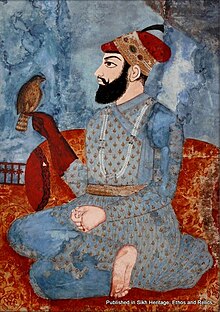
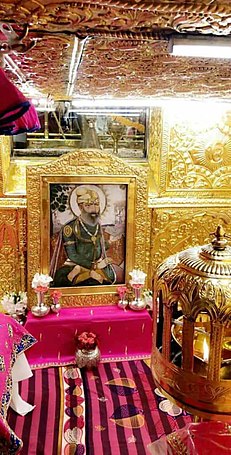



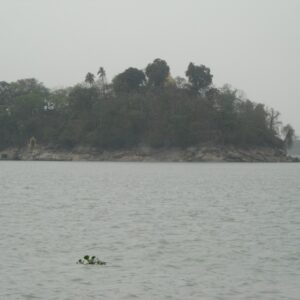

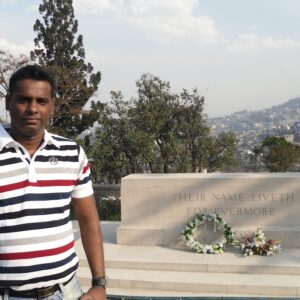



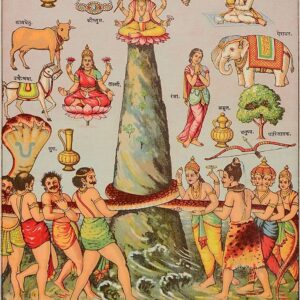


Reviews
There are no reviews yet